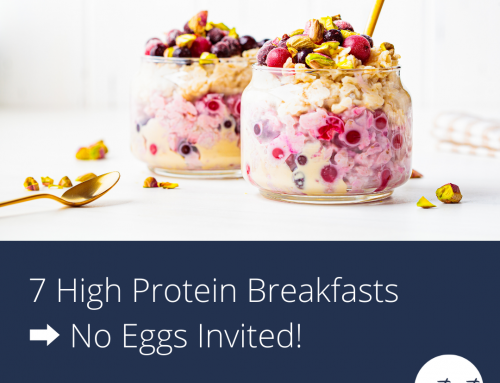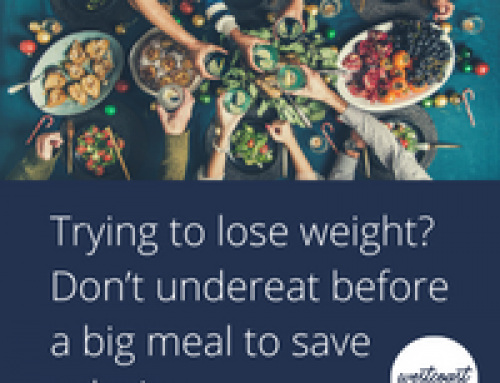Last week we talked about the “macros” diet, and how one of the key downsides was the fact that you may be missing out on key micronutrients for energy, fat loss, digestive health, and more. This week we’re looking at the micronutrients; where we find them, easy ways to squeeze them in and recipes to make it all more delicious.
What are micronutrients?
Micronutrients don’t provide calories but do just about everything else! Vitamins, minerals, and phytonutrients are called micro because we need them in very small amounts, but they are just as essential as things like proteins and fats.
Why do they matter?
Vitamins and minerals are essential for every single chemical reaction in our body. From breaking down fat for energy to building a new immune cell, to balancing our nervous system and nourishing our gut so it can heal.
Where do I find them?
Our best sources of micronutrients are real whole foods. Most vitamins and minerals work as a team with other micronutrients to keep our bodies functioning, so your most effective way to get better health is to up your intake of real whole foods in your diet instead of turning to supplements first.
Many of the vitamins like Vitamin C, the B’s, Vitamin E, and the antioxidants are found in brightly coloured plant foods.
- Non-starchy veggies like greens, tomatoes, snap peas, broccoli, cauliflower, eggplant, zucchini
- Fruits like berries, apples, pears, oranges, grapefruits, purple grapes
- Whole grains like quinoa, wild rice, whole grain wheat, corn etc can be rich in B vitamins like folate and niacin
Many of the minerals are found in our protein foods:
- Animal proteins like meat, poultry, lamb, eggs etc are rich in iron, zinc, pre-formed Vitamin A, and choline
- Plant proteins like beans and legumes (chickpeas, lentils, black beans, edamame) are rich in fibre, anti-oxidants and non-heme iron.
- Olives, avocados, nuts and seeds are rich in Vitamin E, selenium, and healthy fatty acids
How to get them in your diet (no scale or fancy system required):
- Make half your plate at every meal non-starchy veggies like greens, tomatoes, snap peas, broccoli, cauliflower, green beans….lots of options! Fresh, frozen, whatever works.
- Focus on real food fats and proteins. If you are relying on protein or collagen powders or MCT oil to get your macros just so, you’re missing out on a huge opportunity for vitamins and minerals that real foods bring.
- Get 3 colours of plant foods on your grocery list every week. The anti-oxidants are colour coded, so check you have a green, red/orange and blue/purple food on the list each week. Simple and effective. We also stock a couple containers of greens (usually spinach and arugula), dark blue berries, and tomatoes or peppers for some red/orange. For a deeper dive on why colour is so important (and quick ideas for how to get more) check out this post.
Recipes to bring more colour (and micronutrients) in to each week:
Here are some of my recipe roundups for delicious ways to increase your total veggie intake and get more colour while you’re at.
I hope I’ve inspired you to keep the quality of what you eat just as high up as quantity. Isn’t there something so much more motivating about focusing on what you SHOULD eat instead of just what you shouldn’t? I know I find it easier and more rewarding to check those goals off the list each week.
Need some help getting your meals for the week balanced and prepared? If you’d like to receive our free Meal Planning Getting Started Guide AND get in on our weekly emails about all things nutrition so you can get clarity and confidence on what you’re eating, join us here!







